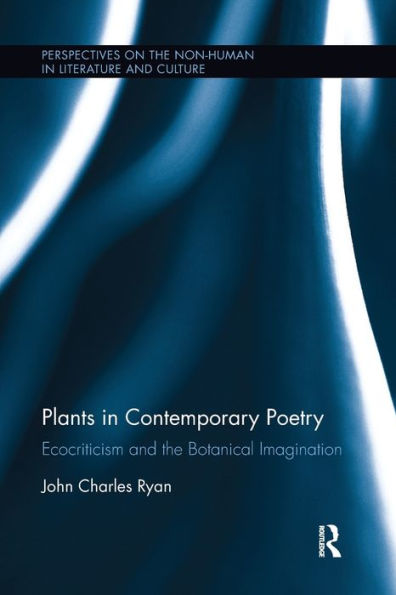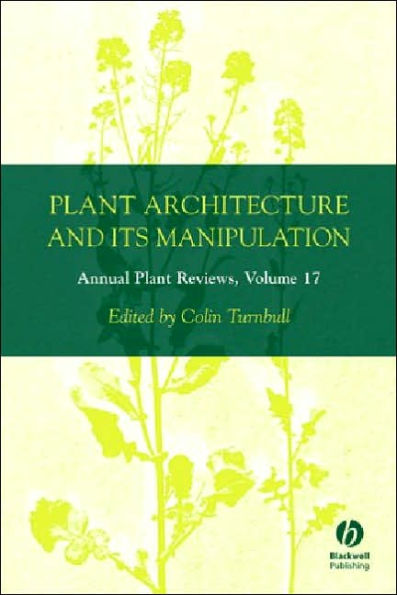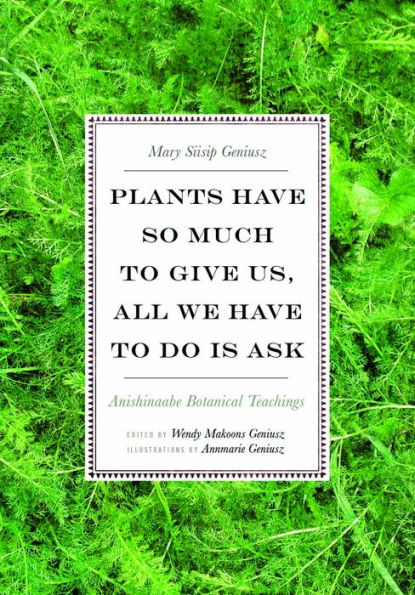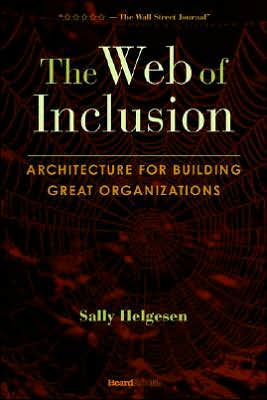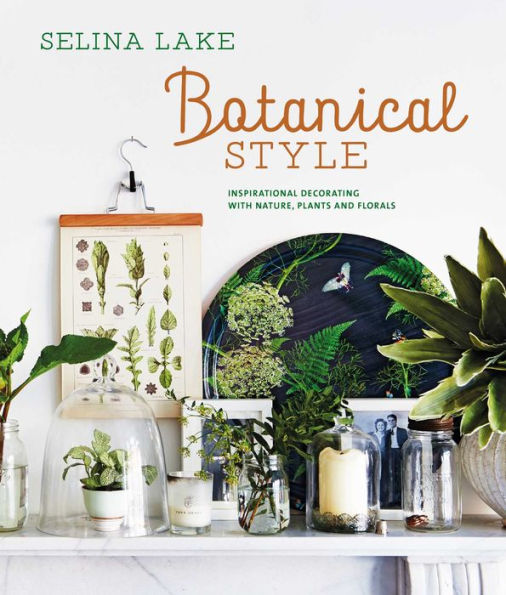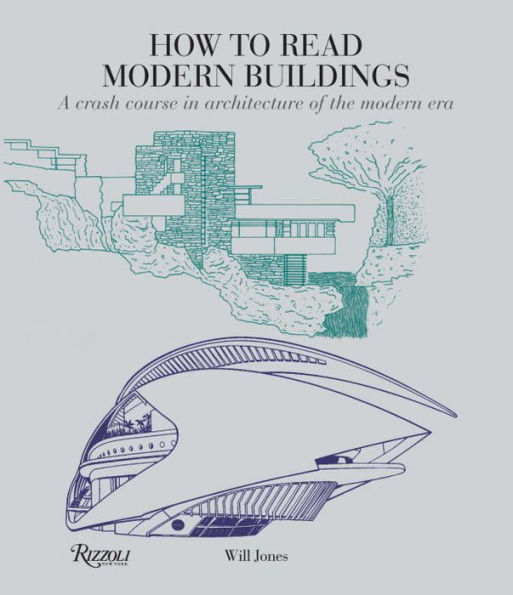Home
Botanical Architecture: Plants, Buildings and Us
Barnes and Noble
Botanical Architecture: Plants, Buildings and Us
Current price: $35.00
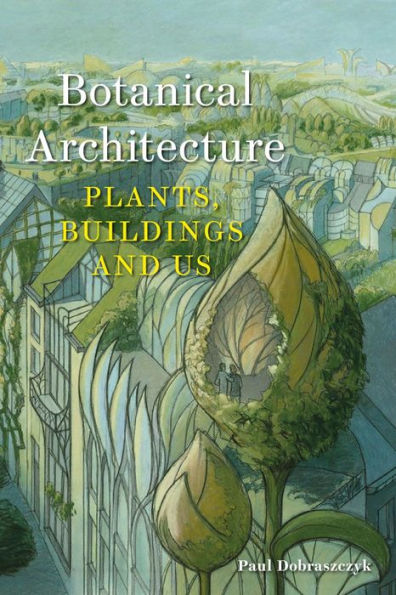

Barnes and Noble
Botanical Architecture: Plants, Buildings and Us
Current price: $35.00
Size: Hardcover
Loading Inventory...
*Product information may vary - to confirm product availability, pricing, shipping and return information please contact Barnes and Noble
An original call to reorient architecture around our relationship to plants.
When we look at trees, we see a form of natural architecture, and yet we have seemingly always exploited trees to make new buildings of our own. Whereas a tree creates its own structure, humans generally destroy other things to build, with increasingly disastrous consequences. In
Botanical Architecture
, Paul Dobraszczyk looks closely at how elements of plantsseeds, roots, trunks, branches, leaves, flowers, and canopiescompare with and constitute human-made buildings.
Given the omnipresence of plant life in and around our structures, Dobraszczyk argues that we ought to build as much for plants as for ourselves, understanding that our lives are always totally dependent on theirs.
offers a provocative and original take on the relationship between ecology and architecture.
When we look at trees, we see a form of natural architecture, and yet we have seemingly always exploited trees to make new buildings of our own. Whereas a tree creates its own structure, humans generally destroy other things to build, with increasingly disastrous consequences. In
Botanical Architecture
, Paul Dobraszczyk looks closely at how elements of plantsseeds, roots, trunks, branches, leaves, flowers, and canopiescompare with and constitute human-made buildings.
Given the omnipresence of plant life in and around our structures, Dobraszczyk argues that we ought to build as much for plants as for ourselves, understanding that our lives are always totally dependent on theirs.
offers a provocative and original take on the relationship between ecology and architecture.
